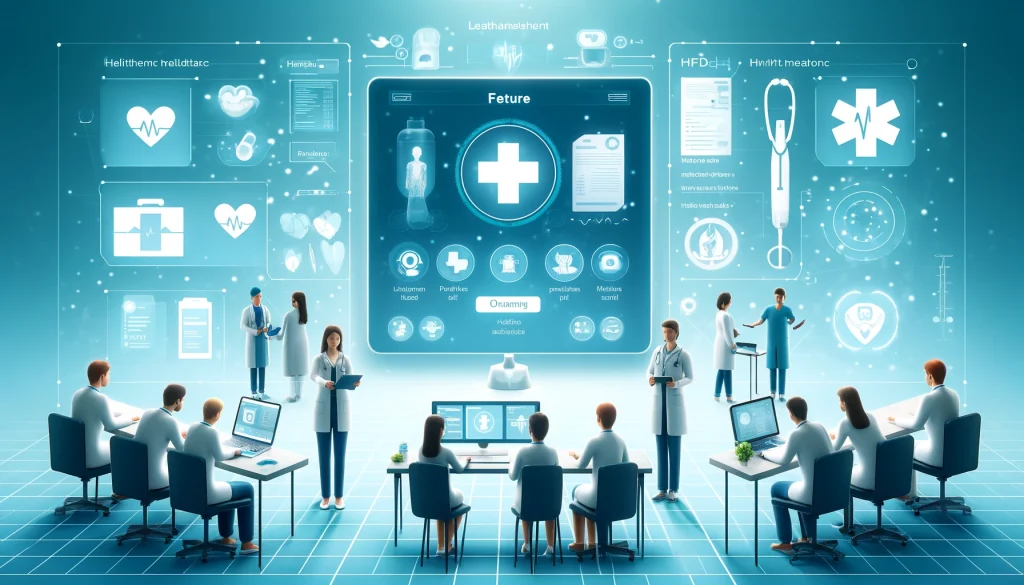Electronic Health Record (EHR) systems are digital versions of patients’ paper charts that contain their medical history, diagnoses, medications, treatment plans, immunization dates, allergies, radiology images, and laboratory test results. These systems are designed to streamline healthcare workflows, improve patient care coordination, enhance clinical decision-making, and facilitate communication among healthcare providers. Here are some key features and benefits of EHR systems:
Centralized Patient Information:
EHR systems consolidate patient health information from multiple sources into a single, electronic record that is accessible to authorized healthcare providers. This allows for comprehensive and up-to-date documentation of a patient’s medical history, eliminating the need for paper-based records stored in different locations.
Improved Patient Care:
EHR systems provide healthcare providers with instant access to relevant patient information, enabling more informed clinical decision-making and personalized patient care. Healthcare professionals can quickly review a patient’s medical history, medications, allergies, and test results to make accurate diagnoses and develop appropriate treatment plans.
Enhanced Care Coordination:
EHR systems facilitate communication and collaboration among healthcare providers involved in a patient’s care, including primary care physicians, specialists, nurses, pharmacists, and allied health professionals. They allow for seamless sharing of patient information, referrals, and care plans, promoting continuity of care and reducing medical errors.
Efficient Documentation:
EHR systems streamline the documentation process by enabling healthcare providers to record patient encounters, diagnoses, treatments, and other clinical information electronically. Templates, forms, and standardized terminology help ensure consistency and accuracy in documentation, while features such as voice recognition and dictation make it easier to capture clinical notes.
Clinical Decision Support:
EHR systems offer built-in clinical decision support tools that provide healthcare providers with real-time guidance, alerts, reminders, and evidence-based recommendations at the point of care. These tools help improve adherence to clinical guidelines, reduce medication errors, and enhance patient safety.
Patient Engagement:
EHR systems often include patient portal features that allow patients to access their health records, communicate with their healthcare providers, schedule appointments, request prescription refills, and view educational materials online. This promotes patient engagement, empowerment, and self-management of health.
Data Analytics and Reporting:
EHR systems enable healthcare organizations to collect, analyze, and report on clinical and administrative data for quality improvement, population health management, and regulatory compliance purposes. Data analytics tools help identify trends, monitor outcomes, and optimize resource allocation.
Interoperability:
Interoperability is a key feature of EHR systems, allowing them to exchange health information seamlessly with other healthcare systems, providers, and stakeholders. Standards such as HL7 and FHIR facilitate interoperability, enabling data sharing across different EHR platforms and healthcare organizations.





